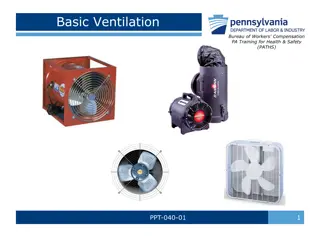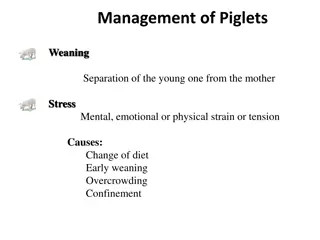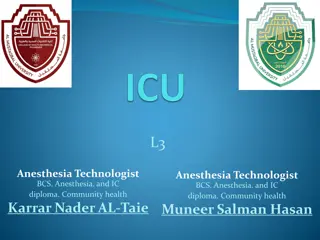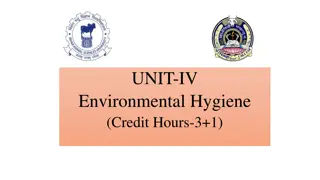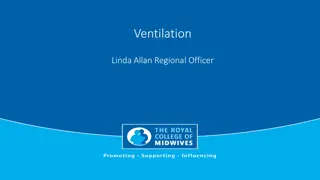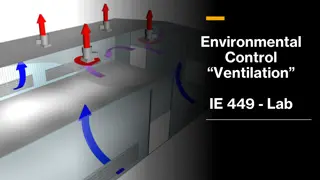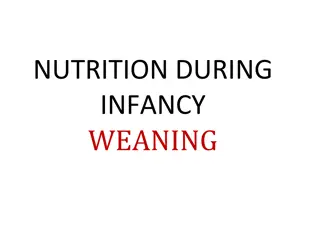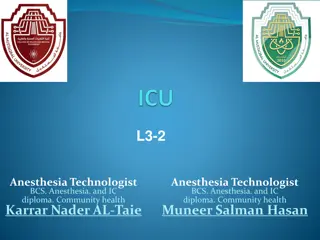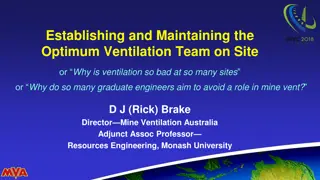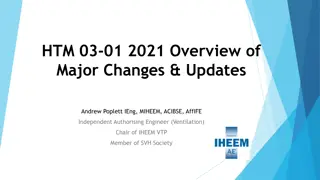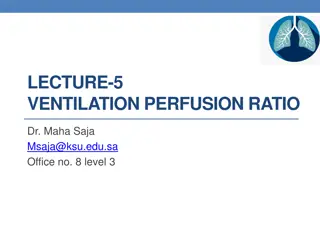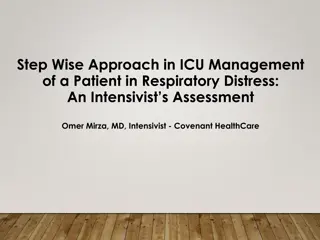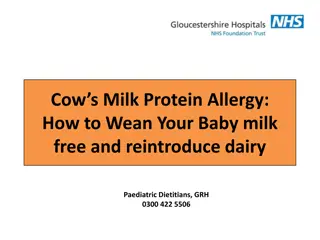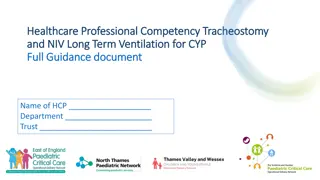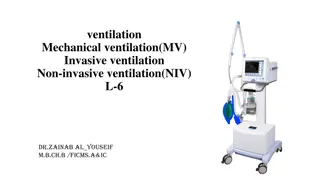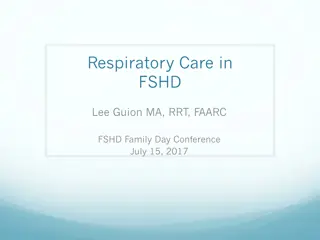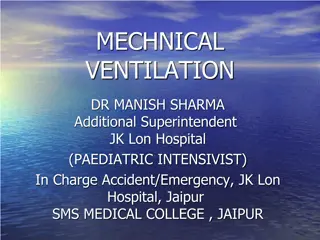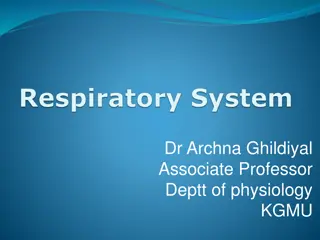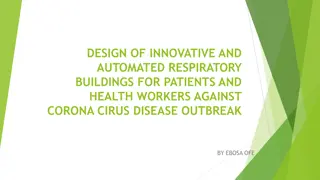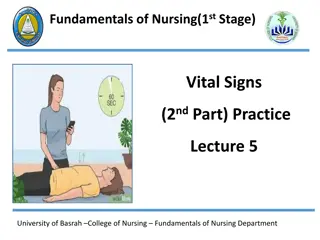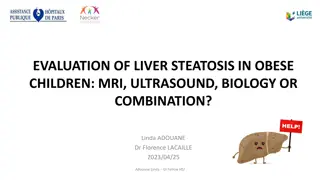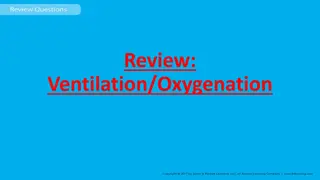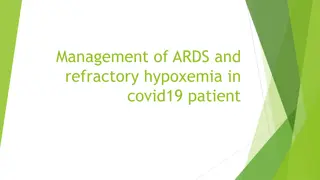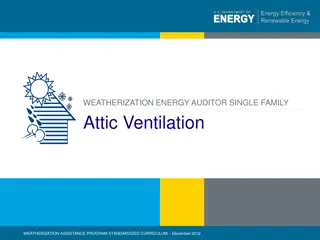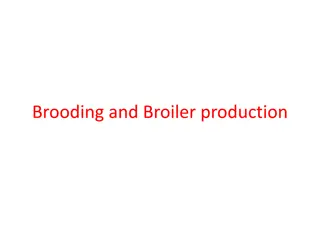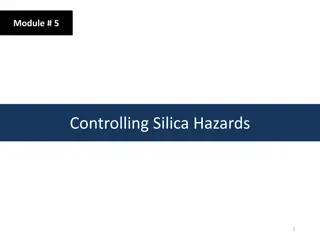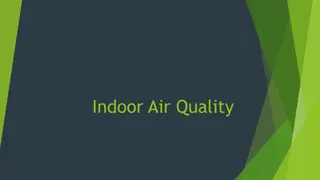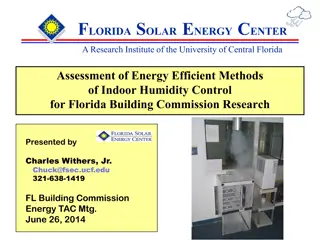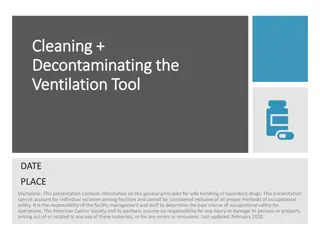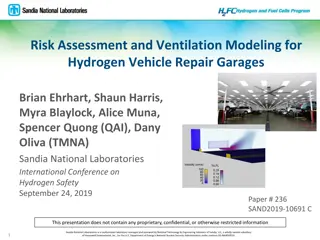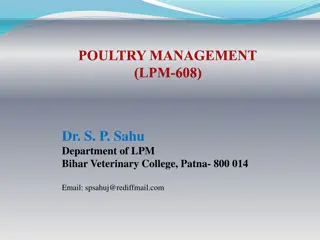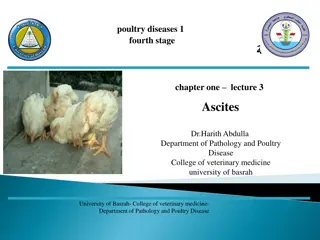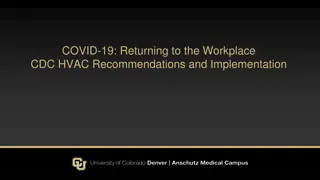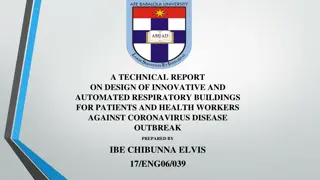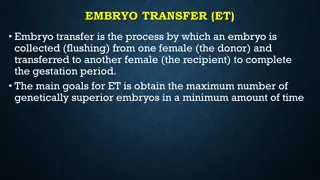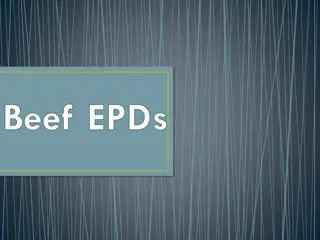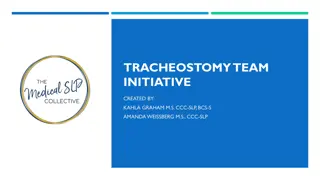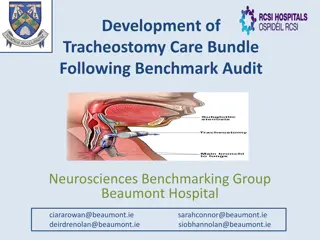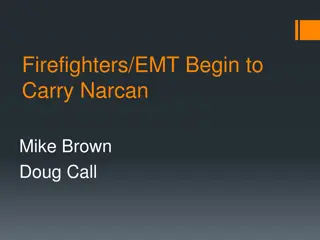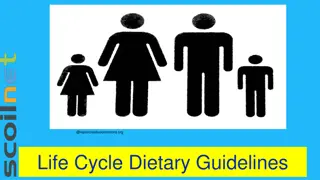Managing Noninvasive Ventilation Weaning Process
Discontinuing noninvasive ventilation in patients with acute respiratory failure involves a gradual process of assessing the condition, monitoring for distress signs, and adjusting ventilator assistance accordingly. Successful weaning depends on the reversibility of the underlying respiratory issue. Patients may benefit from NIV even after recovery, and careful management is crucial to avoid potential complications during the weaning process.
Download Presentation

Please find below an Image/Link to download the presentation.
The content on the website is provided AS IS for your information and personal use only. It may not be sold, licensed, or shared on other websites without obtaining consent from the author. Download presentation by click this link. If you encounter any issues during the download, it is possible that the publisher has removed the file from their server.
E N D
Presentation Transcript
Discontinuing Noninvasive Ventilation
The duration of ventilatory assistance with NIV depends on how quickly the cause of respiratory failure can be reversed. In most patients with ARF, successful weaning from NIV may occur within hours or a few days. Standard weaning techniques have not been established, but the most common approach involves increasing periods off mask ventilation.
Once the patients condition is stabilized, the mask may be removed for short periods according to the patient tolerance. Supplemental O2 is administered as necessary during these times off the ventilator. The patient is closely monitored for signs of respiratory distress and Fatigue.
If signs of respiratory distress occur, the patient is placed back on mask ventilation immediately. Prolonging these periods of ventilator interruption when the patient is experiencing respiratory distress may lead to rapid decompensation and the need for emergency intubation. In the same manner as spontaneous breathing trials, periods off the ventilator lengthen as the underlying condition improves and the patient shows acceptable vital signs, good gas exchange, and no respiratory distress.
Regardless of the weaning method used, the reversibility of the disease process that caused ARF is the most important consideration for successful weaning. Some patients, especially those with chronic hypercapnia and impaired ventilatory function, may continue to use NIV nocturnally after recovering from an acute exacerbation.
Patients with ACPE may benefit from increased intrathoracic pressures, which reduce venous return and subsequently ventricular preload. However, if ventricular preload declines markedly, organ perfusion may be compromised. Careful selection of initial pressures and close monitoring may reduce the risk for cardiac ischemia in these patients.
Complications of Noninvasive Ventilation
NIV is considered much safer than invasive mechanical ventilation. Complications with NIV are usually related to mask discomfort, air pressures, or gas flows. Serious complications can occur, such as aspiration pneumonia, pneumothorax, and hypotension, but they are unlikely if patient selection guidelines are closely followed. If the NIV is to be successful, the respiratory therapist must be knowledgeable about all potential complications and take the proper course of action to prevent or minimize their occurrence.
Mask discomfort is the most common complication of NIV. Air leaks around the mask often result in eye irritation. In addition, the strap pressure required to maintain an airtight fit often creates excessive pressure over the bridge of the nose and cheek area. Pressure sores may develop, leading to skin breakdown and ulceration of the nasal bridge. To correct this problem, the respiratory therapist first checks the mask for proper size and fit, making sure that the mask is not too large and that headgear tension has been minimized as much as possible.
Forehead spacers or wound-care dressing or both may alleviate pressure on the nasal bridge and protect the skin. A change to a different style of mask or headgear system or a complete change of interface may be required in some cases. Nasal gel masks, bubble-type masks, and masks with added plastic flaps are designed to facilitate a better seal with lower headgear strap tensions.
Nasal pillows or nasal seals also can be used to relieve pressure on the nasal bridge, but they can become uncomfortable because of pressure on the nares. If this occurs, alternating between interface styles may help, especially when NIV is to be used long term. Another common complaint from patients who use nasal masks is nasal and oral dryness or nasal congestion from high flows through the mask and air leakage through the mouth. Adding or increasing humidification or irrigating the nasal passages with saline may prove helpful. If congestion persists, topical nasal decongestants or steroids can be used.
A chin-strap may help with oral dryness because of air leakage through the mouth for patients who have nasal masks. These straps keep the patient s mouth closed and minimize leakage, thus reducing the airflow to the mask. If chin-straps are not effective at reducing leakage through the mouth, a change to an oronasal mask may be better because it covers both the nose and mouth. However, oronasal masks are subject to the same skin contact problems as nasal masks and may also increase claustrophobic reactions.
Oral interfaces (mouthpieces and lip seals) are associated with minor complications, such as oral discomfort, hypersalivation, and leakage of air from the nose. Most of these problems diminish with fitting adjustments and patient adaptation. If leakage is sufficient to compromise the efficacy of NIV, nose clips may alleviate the problem. Patients who prefer mouthpieces for NIV probably will invest in a custom-made mouthpiece. These may prove to be more tolerable for chronic long-term use of NIV.
Regardless of the interface used, gastric insufflation is a common occurrence in about 50% of all patients using NIV; however, it is rarely intolerable. Gastric insufflation is more likely to occur in patients using volume ventilation. In such cases, gas in the stomach probably is the result of the higher pressure needed for VT delivery. For the most part, gas insufflation does not cause major problems and usually diminishes in time or with the administration of simethicone agents.
A serious potential complication of NIV is aspiration pneumonia, which is most likely to occur if vomitus is retained in the mask when an oronasal mask is used. Some clinicians recommend that a nasogastric tube be used with an oronasal mask, particularly in patients with excessive gastric distention, nausea, and vomiting. As mentioned previously, aspiration is best prevented through careful selection of patients who are able to cough and protect the airway.
Other major complications of NIV include mucus plugging, hypoxemia, hypotension, and respiratory arrest. Mucus plugging is more likely to occur if the patient is dehydrated or has difficulty expectorating secretions or if humidification is inadequate. High O2 flow rates (up to 40 L/min) have been associated with life-threatening airway obstruction caused by inspissated secretions. The risk for mucus plugging can be minimized if patients are kept well hydrated and appropriate adjunct therapies are applied to assist with secretion removal.
Patients with neuromuscular disorders who have impaired cough mechanisms may benefit from cough-assistive techniques. Inline aerosolized bronchodilators and heated humidity may also aid secretion removal in most patients. Hypoxemia is more likely to occur in patients with hypoxemic respiratory failure who require high O2 concentrations. Most portable PTVs cannot achieve consistent FIO2 levels above 50% unless O2 is bled into the system at abnormally high flow rates, which may interfere with patient synchrony and alter the pressure and flow delivery from the ventilator.
Mucus plugging, agitation, and failure to keep the mask on the patient s face also have been linked to hypoxemia. The appearance of any of these contributing factors may be an indication to change to invasive mechanical ventilation. Hemodynamic complications rarely occur during the administration of NIV or CPAP because low inflation pressures are used with these techniques. Hypotension, when it occurs, is usually seen in patients with low intravascular fluid volume or underlying cardiac disease. Hypotension rarely occurs in patients with COPD but may result if high levels of auto-PEEP develop.
summary NIV is an important option for patients requiring mechanical ventilation. The three basic methods of applying NIV are negative pressure ventilation, abdominal-displacement ventilation, and positive pressure ventilation. The physiological goal of NIV in ARF is to improve gas exchange by resting the respiratory muscles and increasing alveolar ventilation. The most significant benefit of using NIV in treating ARF caused by COPD is the avoidance of intubation, which in turn can lead to longer hospital stays, higher mortality, and increased health care costs.
NIV may improve daytime gas exchange and symptoms associated with chronic hypoventilation for patients who continue to hypoventilate despite CPAP therapy. NIV can be used to reduce the WOB and maintain adequate gas exchange in patients who show fatigue after extubation. Patients with terminal or advanced disease who develop ARF are not good candidates for endotracheal intubation and mechanical ventilation. NIV may relieve severe dyspnea in these patients and help ensure patient comfort. In the acute care setting, the selection process for NIV must be based on the patient s diagnosis, clinical characteristics, and the risk for failure.
Establishment of the need for intermittent ventilator assistance in patients with chronic respiratory failure should begin with the recognition of the typical symptoms of nocturnal hypoventilation and poor sleep quality. NIV should be initiated if patients with moderate to severe OSA do not respond favorably to CPAP. Excessive drying of nasal mucosa is a common complaint of patients receiving nasal CPAP or NIV. Proper humidification can prevent or improve mucosal dehydration.
The type of interface used to deliver positive pressure to the airway can influence the effectiveness of NIV. Nasal masks have considerably less mechanical dead space than full-face masks, thus reducing the potential for rebreathing CO2. NIV is more likely to be successful in the acute care setting for patients who are alert and cooperative, can protect the airway,and have not yet developed severe acid base or gas exchange abnormalities. Potential complications of NIV include aspiration pneumonia, mucus plugging, hypoxemia, hypotension, and respiratory arrest.


